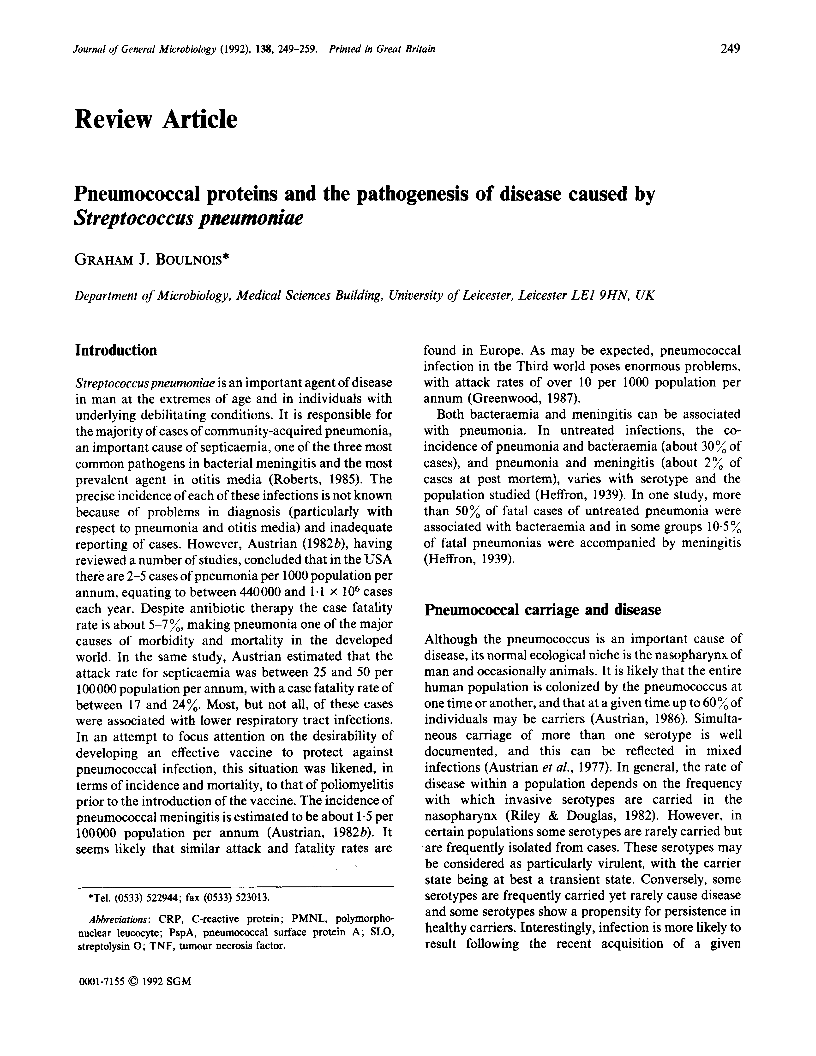
Full text loading...

Pneumococcal proteins and the pathogenesis of disease caused by Streptococcus pneumoniae, Page 1 of 1
< Previous page | Next page > /docserver/preview/fulltext/micro/138/2/mic-138-2-249-1.gif
There is no abstract available.

Article metrics loading...

Full text loading...
References

